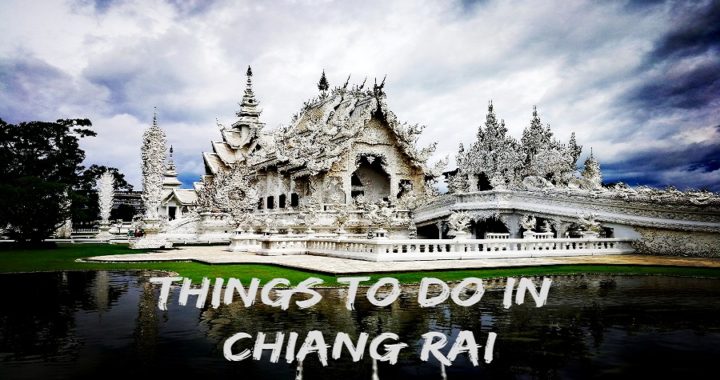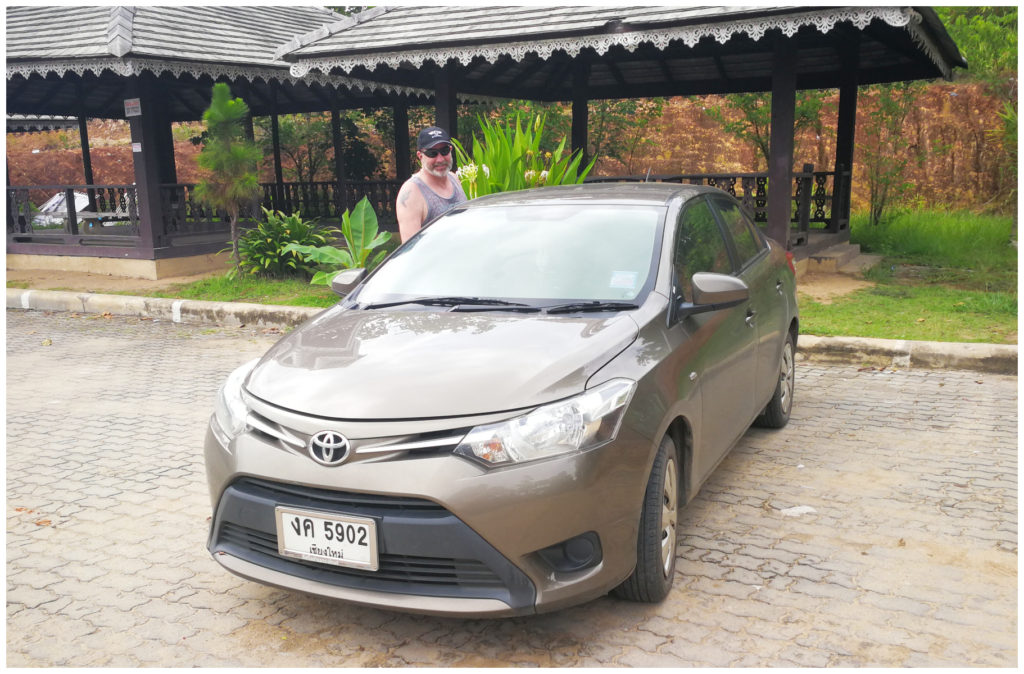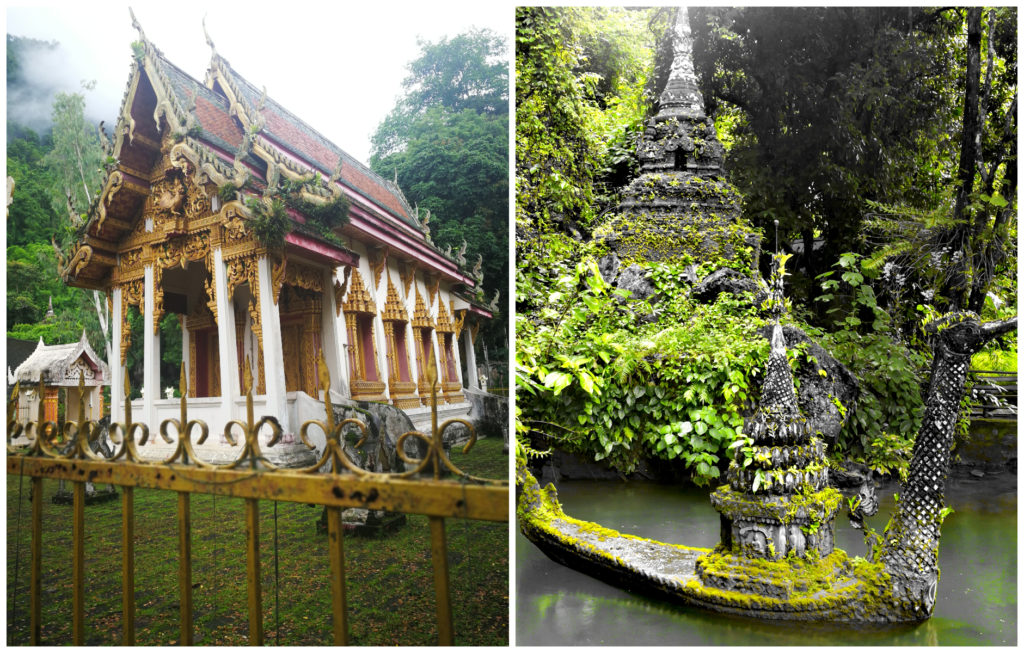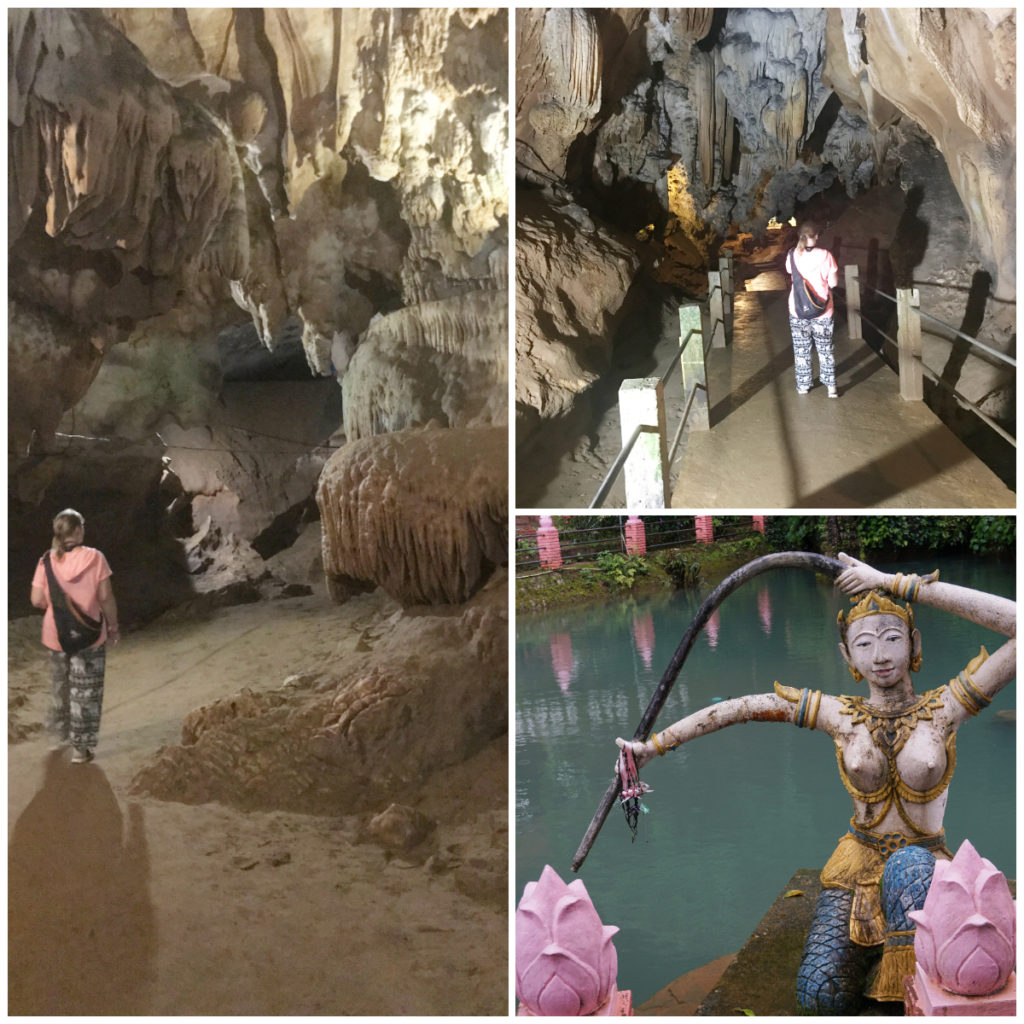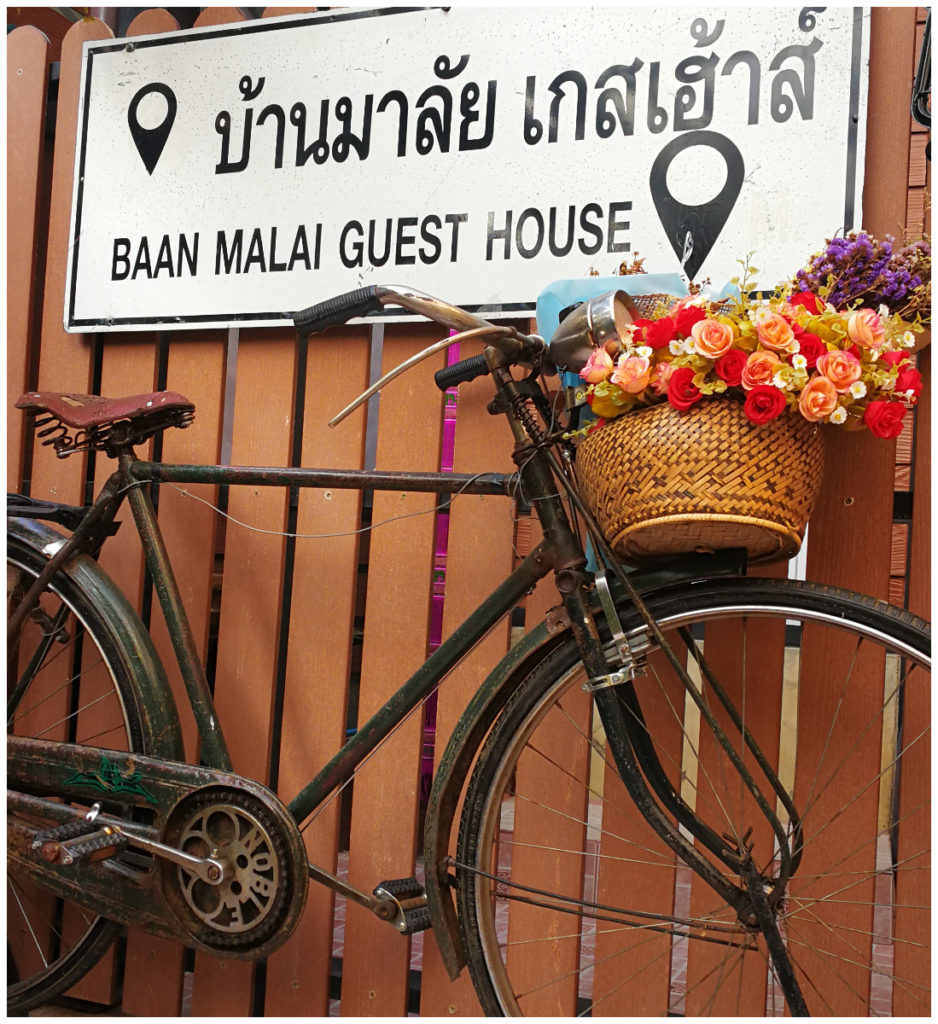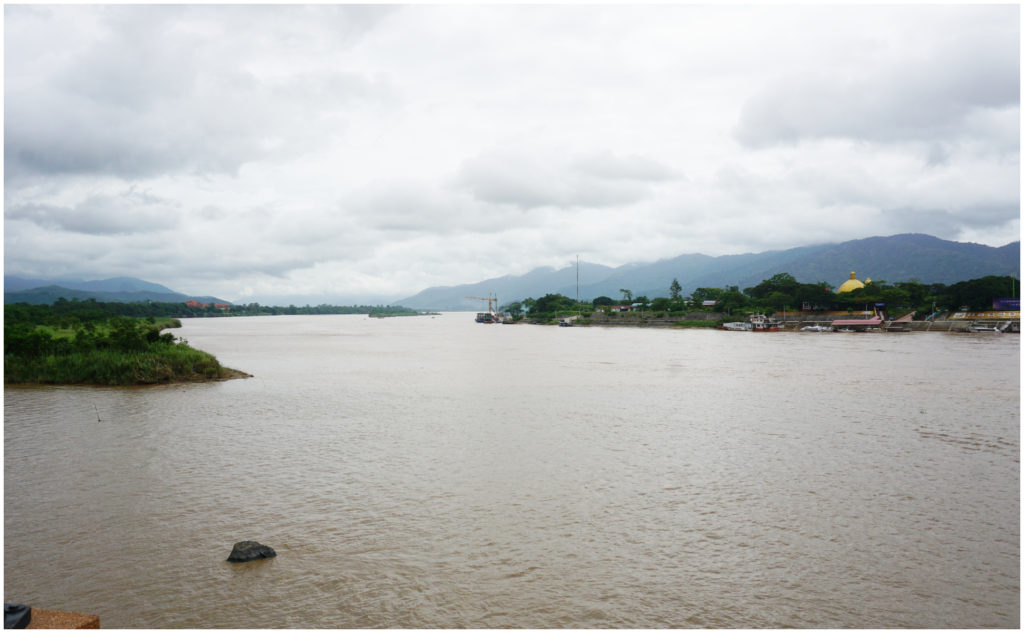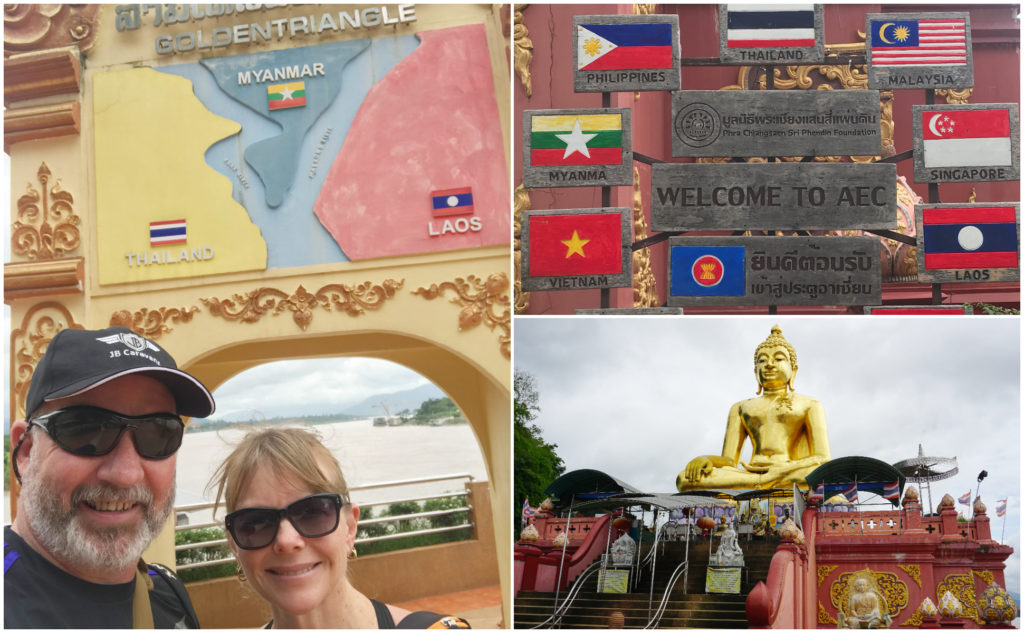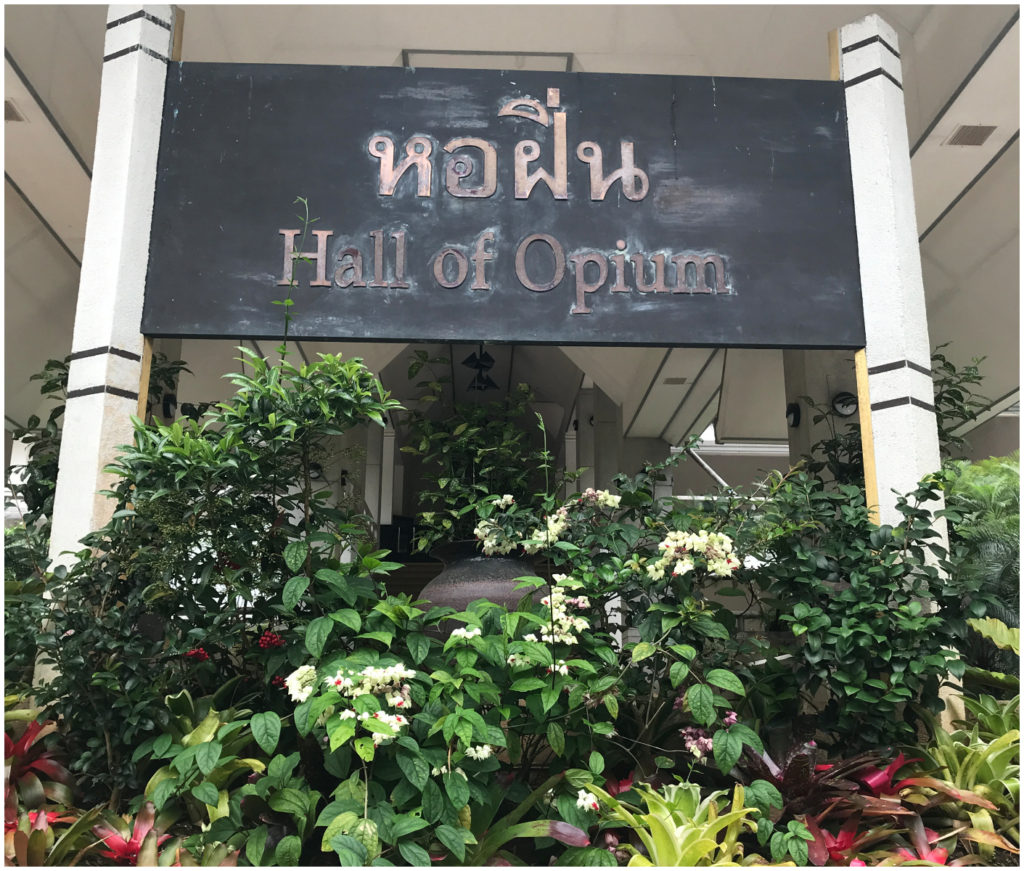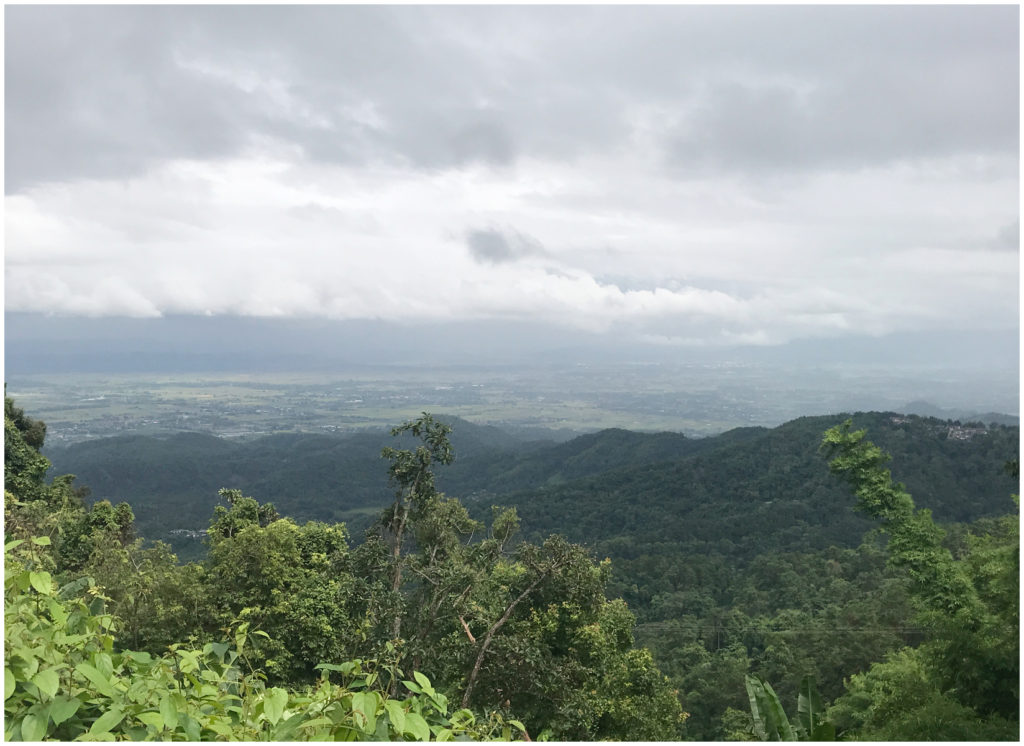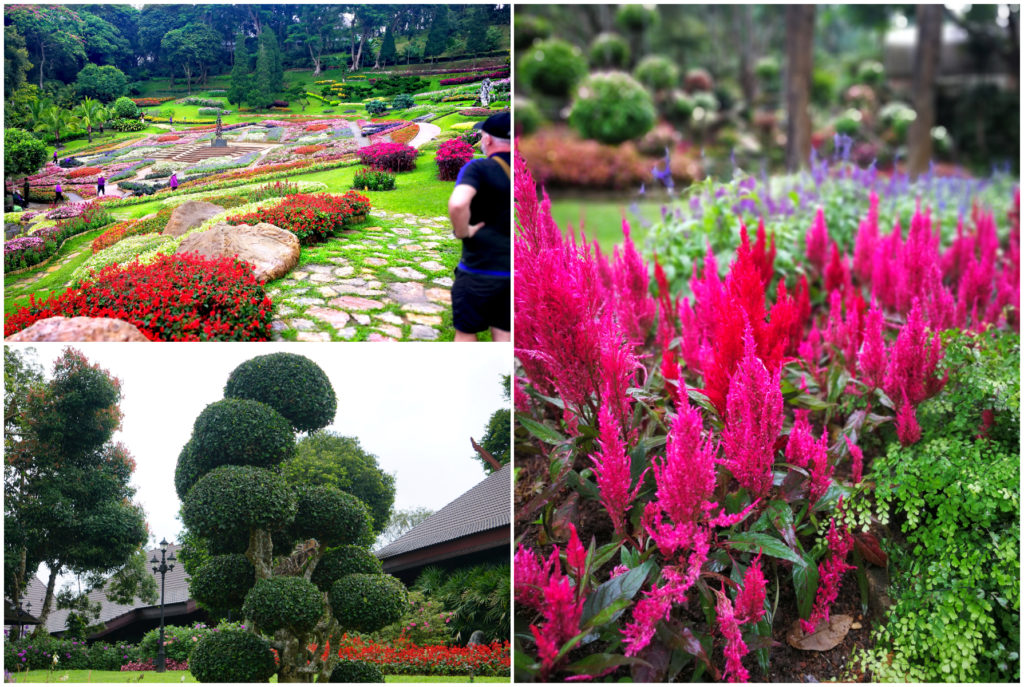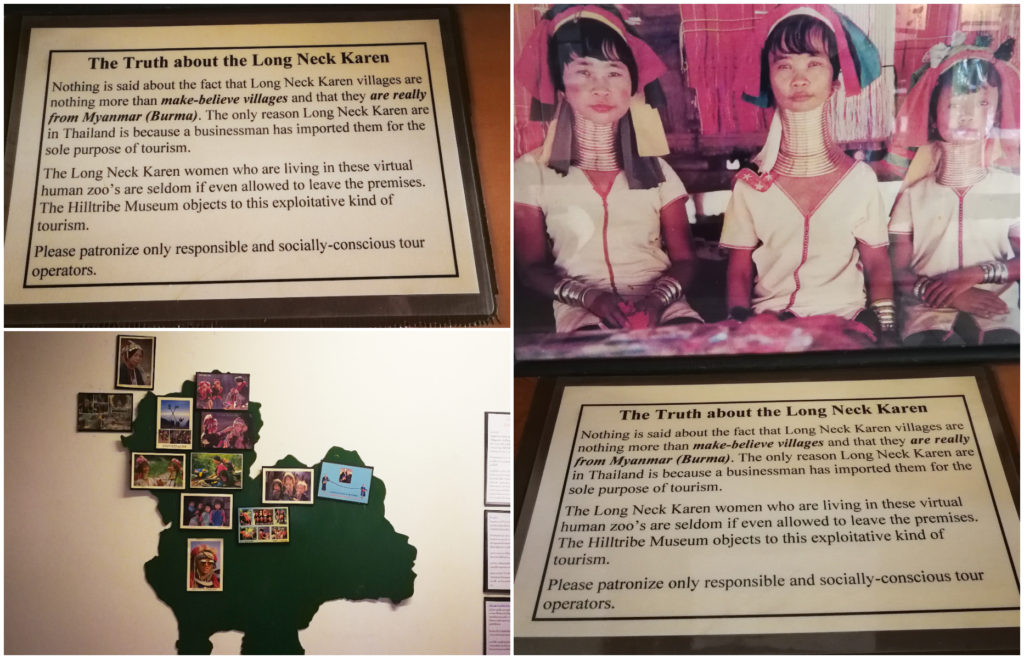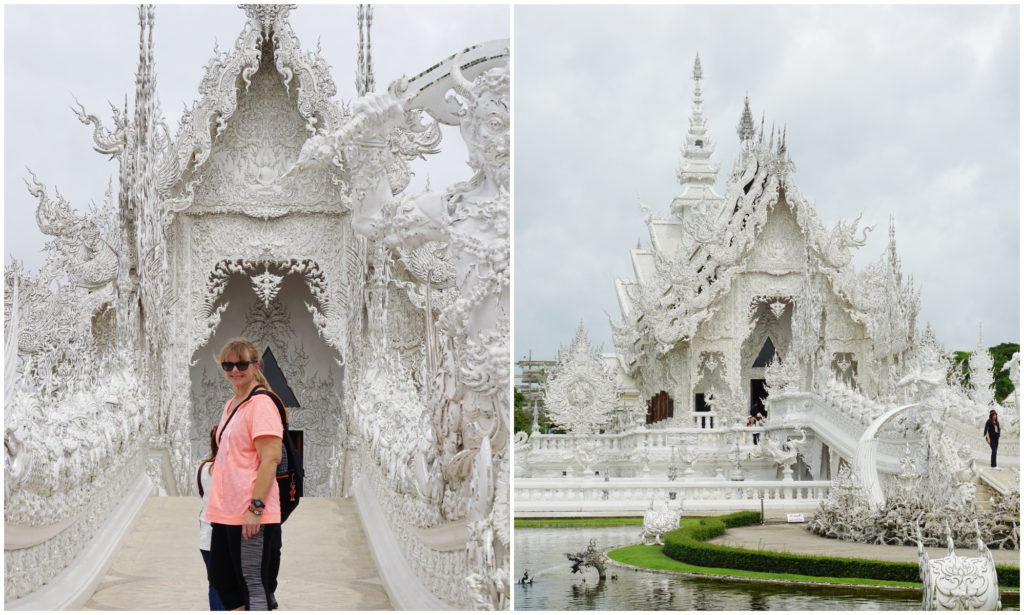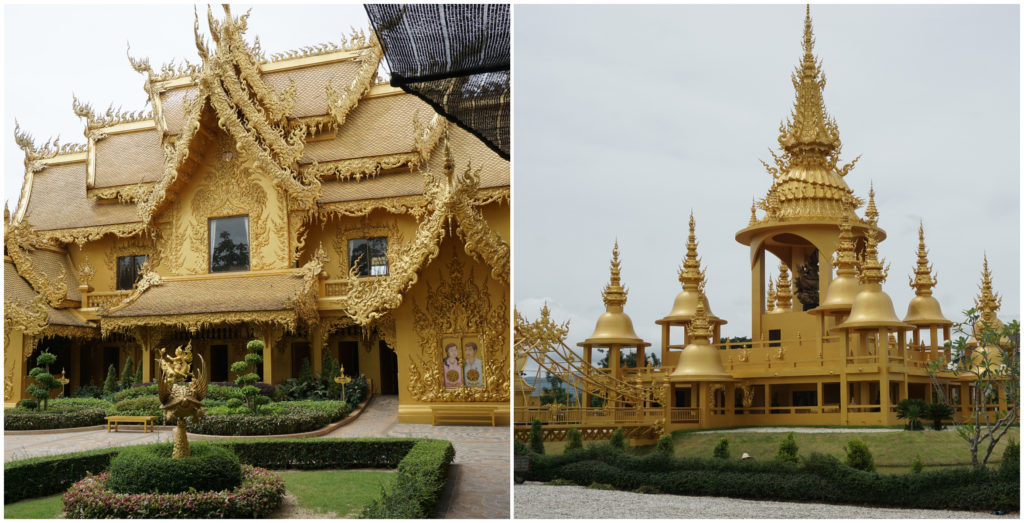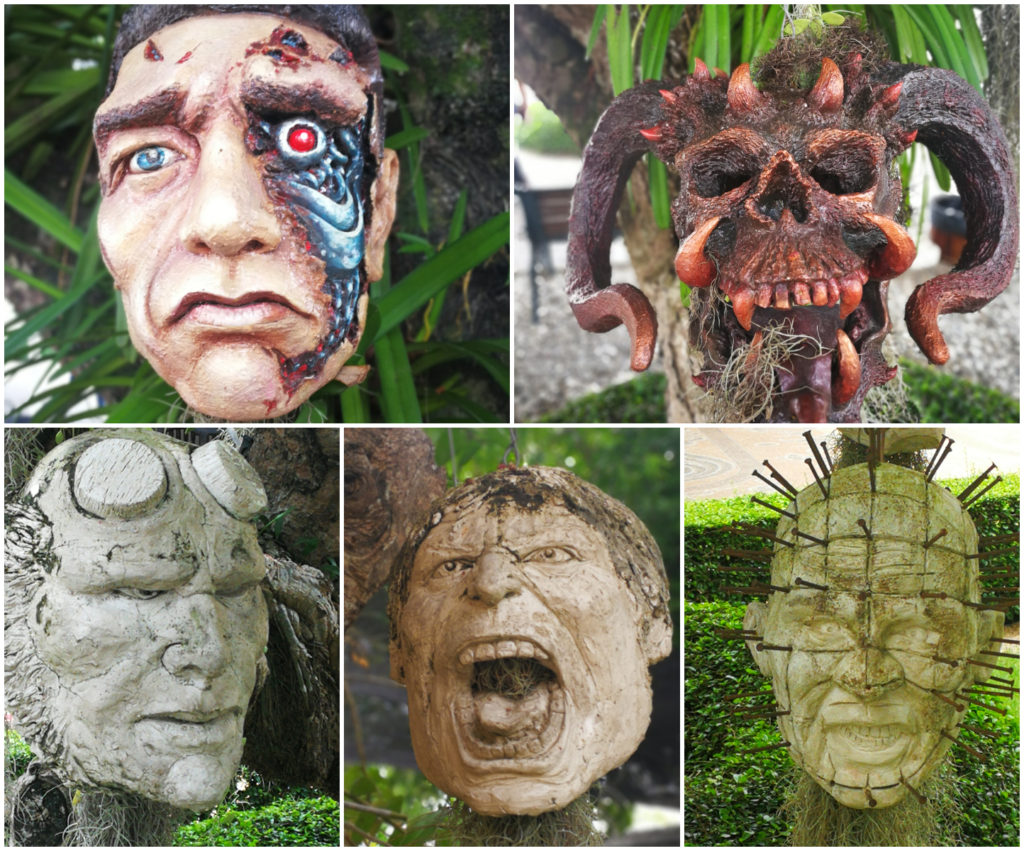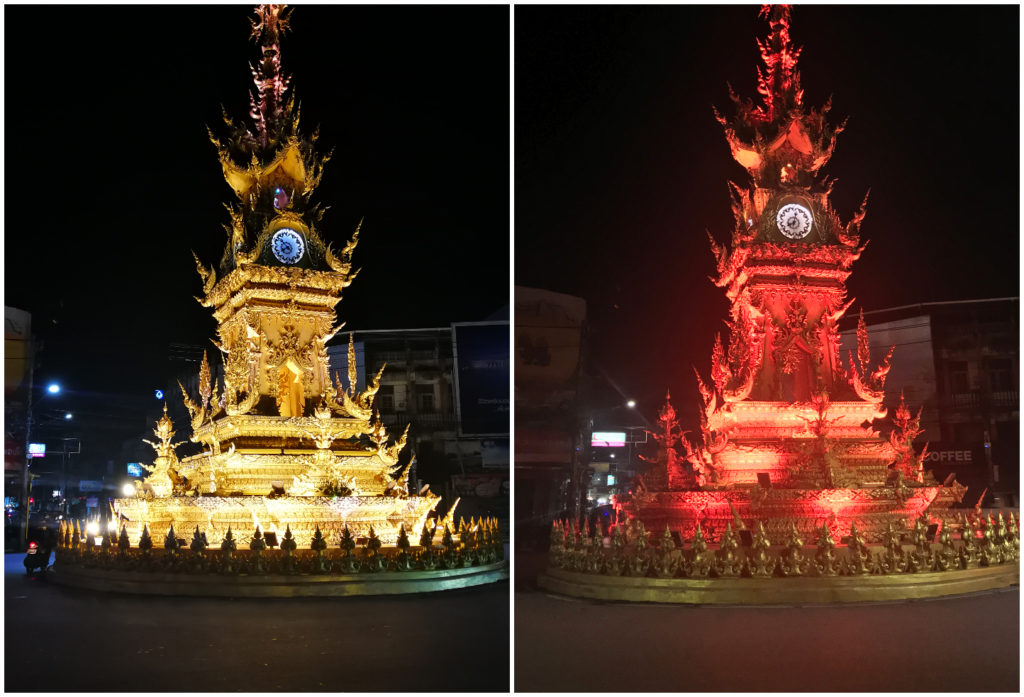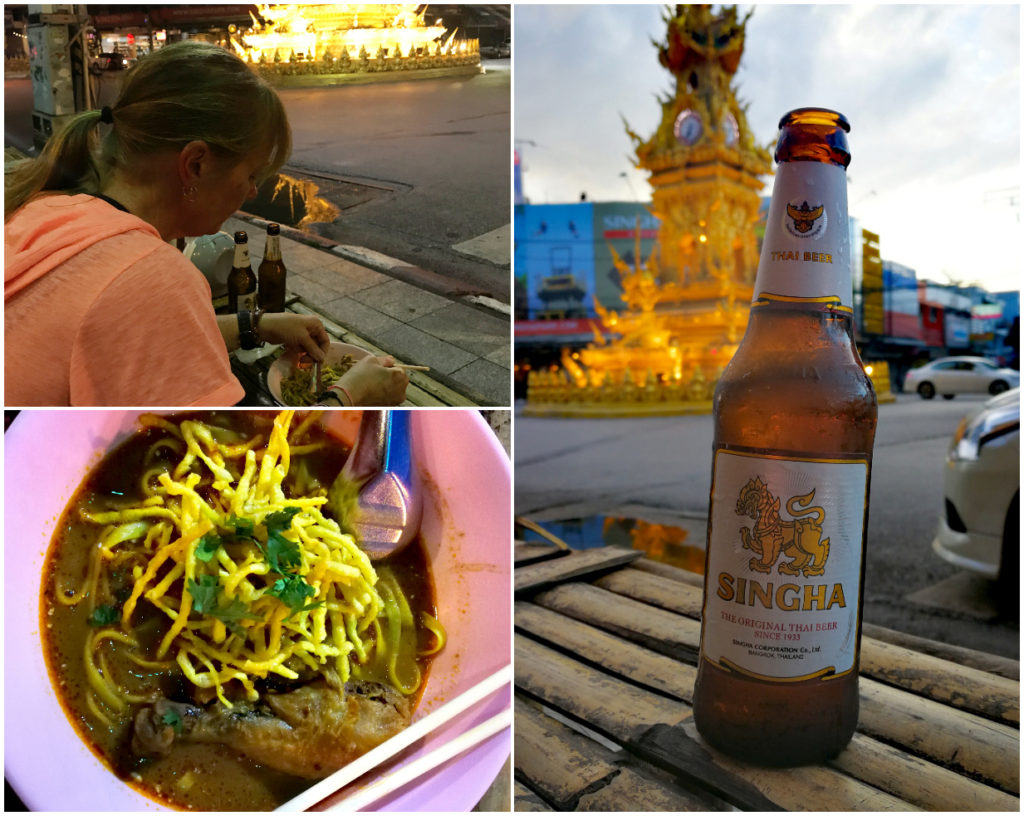We arrived at Chiang Mai Railway Station on the Sleeper Train nearly 45 minutes later than the scheduled time. Our 7.15am ETA was in fact now 8 am. We were on Thai time so we have to expect it really.
Chiang Rai was our intended destination today so we had pre-booked a rental car with ChiangMaiWheels.
Rental Car
We had not rented a car before on our travels (only scooters) so we were a bit sceptical about which company we should use. We wanted to make sure we were fully insured and that the car was going to be reliable.
ChiangMaiWheels had good reviews and came recommended by another travelling Kiwi family – Our Awesome World Adventure.
They were certainly easy to deal with and had good customer service, great communication and simple to contact through WhatsApp.
They were waiting for us at Chiang Mai Railway Station and we completed all the paperwork in the car park when we arrived. We took photos of the vehicle’s existing panel damage and scratches (all very minor) and discussed drop off dates and times.
Our car was a Toyota Vios 4 door and for 4.5 days it cost us 4,455THB/$188NZ so it worked out super cheap. There was a 5,000THB/$212NZ security deposit. We got this refunded to us when the car was returned. This covered damage with a 10,000THB/$424NZ excess, 3rd party, fire and theft.
Chiang Mai to Chiang Rai
Chiang Rai is approximately 180km from Chiang Mai and takes about 3.5 hours to drive direct.
There were some places to stop off on the way so we knew that it wasn’t going to be a direct route.
We enjoyed some lovely scenery on the way. It was a mountainous drive with drizzle but plenty of lush green tropical jungles and high mountain passes.
Chiang Dao
Chiang Dao is a slight detour off the main route to Chiang Rai.
It is set in the Chiang Dao National Park and is the third highest mountain in Thailand.
There is a small village located there and has a population of around 15,000 people.
Because of its altitude, it is often covered in a fog most of the year and boast slightly lower temperatures than the rest of Thailand.
Caves
You could spend a lot of time here as there are hot pools, waterfalls, hiking trails and caves to explore. As the weather and time were against us, we headed for the caves to take a wander through.
After paying our entry fee of 40THB/$1.69NZ each (electricity fee) we climbed the stairs into the cave.
The cave is actually 12 km of stalactite-laden caves, but only five of the caverns are accessible to the public.
There are warning signs everywhere and visitors are warned of the perils of going off the main track without the assistance of a guide.
You can hire a guide to take you to the more in-depth trails, which will cost you 100THB/$4.24NZ each. They also expect a tip at the end (approximately another 100THB per person). They were all lined up, waiting for the tourists to come, priming their kerosene lamps in readiness.
Although these guides will take you to the actual cave temple, we had seen many of these in the past so we just wandered the main tracks in and out of the cave complex on our own.
Chiang Rai
We arrived in Chiang Rai at 3 pm.
We hadn’t made any accommodation bookings but did have a list of possible guest houses we wanted to try.
Accommodation
Top of our list was Baan Malai Guest House. We prefer to stay at family owned and operated Guest Houses. They are so much more personable and most go that extra mile to be friendly, not to mention it is easier to barter a good price with the owner than a staff member.
Baan Malai Guest House is on Booking.com and the price was 750THB/$31NZ per night (including breakfast). After some discussion and skilled bartering, we managed to score a nightly rate of 550THB/$23NZ per night (including breakfast). We booked in for 3 nights.
It is situated down a small laneway so it is quiet with parking for our rental car. Our room was on the second floor, had a small balcony and was spacious and clean.
The owners were friendly and helpful in pointing out things to see and do in the area. We were able to park up the car and walk into the main area of Chiang Rai. This was especially handy in the evening so we could wander into town and visit the markets and cheap eateries in the area.
Things to See in Chiang Rai
There were a few things on my list of things to see in and around Chiang Rai.
The Golden Triangle
A 1.5 hr drive from Chiang Rai, takes you to the infamous Golden Triangle. This is where Thailand, Myanmar (Burma) and Laos borders meet up, separated by the Mekong River and Ruak River.
Once the centre of opium production and trade in SE Asia, those days are gone and the area is peaceful and tranquil, dotted with hill tribe villages and markets.
There was a park with a viewing platform where all three countries could be seen, and also where the Mekong joins the Ruak River. There is also a large golden Buddha image seated in a rather large boat-like structure and elephant statues carrying miniature stupas on their backs.
Hall of Opium
There are actually two museums dedicated to the history of the Opium Trade in Northern Thailand. One is called the House of Opium and is located in the village of Sop Ruak (Golden Triangle). The other is much more substantial and is situated a couple of kilometres out of town and it’s called the Hall of Opium.
We drove a couple of kilometres up the road and we arrived at the Hall of Opium. We paid our entry fee of 200THGB/8.50NZ each and proceeded to spend a couple of hours learning about the history of opium and the effect it had on the population.
The museum covers 6,000 square metres and overlooks the Mekong. It was founded by the late Royal King’s Mother with Japanese assistance and cost over $10m US to build.
We entered through a dark, misty tunnel with scenes of horror etched into the walls leading to the first exhibit. This depicts the terror on the mind and body, brought about by the addition to opium.
We learnt about how acres of poppies were grown, the white sap extracted, boiled and made into black opium. This sticky substance is later refined into heroin which users will smoke or inject.
The museum made clear the opium trade has long fuelled wars and revolutions while generating huge profits for merchants and governments around the world.
No photos or videos were allowed inside. It is well worth a visit and we did learn a lot about poppy fields, drug smugglers and opium warlords.
Doi Tung Royal Villa
An hour’s drive from the Hall of Opium, through some amazing mountainous roads and spectacular views, we arrived at Doi Tung Royal Villa.
Entrance
We paid 220THB/$9.60NZ each which included entrance to the Royal Villa, Hall of Inspiration (a tribute to the Royal Princess and Late King), and Mae Fah Luang Gardens (Royal Princess private gardens). It also included the Mae Fah Luang Arboretum which was a drive further up the road. We ran out of time to visit the Arboretum as we had a 1.5-hour drive back to Chiang Rai.
The Royal Villa
The Royal Villa was the private residence of the late HRH Princess Srinagarindra (Princess Mother). The villa was completed in 1988, 10 months after construction started. She would stay in the villa for months at a time to allow her to work on her many projects that she had started in the area. She helped improve the lives of the local people.
The Royal Forest Department planned to gift the land for the construction but the Princess Mother refused the offer. She paid a lease on the land for 30 years which was the same period as her Project’s timeframe. She was quoted saying “I am no more privileged than any other Thai citizen”.
The exterior of the Royal Villa was built of concrete and decorated with wooden slabs cut from discarded teak trees that came from forest thinning work. The interior is panelled with recycled pine wood which came from packing crates. The entire interior was simple, elegant and functional which is said to reflect the nature of its owner.
No photos or videos were allowed of the interior but the exterior shows the grandeur of this lovely villa set amongst some stunning landscaped grounds.
The Princess Mother
Princess Srinagarindra is the mother of Thailand’s late King and was known as Princess Mother.
She was a former nurse and she took a personal interest in the health and welfare of the ethnic communities of Northern Thailand. She would arrive in the area with a medical team to help the sick and also bring clothes, food and basic essentials for the local people.
The Princess Mother initiated many projects including schools, volunteer programs and medical foundations, including the Breast Cancer Foundation.
Under the patronage of the late Princess Mother, the Mae Fah Luang Foundation was established to carry out development programmes throughout the area.
After the Royal Princess death in 1995, her granddaughter Her Royal Highness Princess Sirindhorn was appointed as its chairperson and the legacy continues.
Mae Fah Luang Garden
These gardens form part of the estate and owe their existence to the late Princess Mother. She wanted to give Thai people who have never travelled overseas an opportunity to enjoy flowers and plants that normally cannot grow in Thailand’s tropical climate. The cooler temperatures mean that the manicured gardens were full of Western flowers such as roses, dahlias and tulips.
The Princess Mother was keen to bring the farmers in from the surrounding area, who’s existence relied on the lucrative, yet illegal opium poppy growing industry. They were to become educated in the growing of traditional tropical and Western plants and flowers. This, in turn, would reduce the amount of opium growing in the area.
Today, the local villages benefit from the tourist revenue and job opportunities offered by the garden and associated projects that still exist today.
This estate is such a fitting tribute to an amazing lady. We had no idea of the number of projects that are still ongoing in the Northern Thailand area, thanks to the work and dedication of the late Princess Mother.
Hilltribe Museum and Education Centre
Back in Chiang Rai township, there is a small Museum and Education Centre which offers a better understanding of the way of life of the villages from the 6 hill tribes.
It contains a wealth of information on the various tribes. We often hear about the Karen Longneck villages but we were not aware that there are also Akha, Lahu, Yao, Lisu and Hmong. Each has their own characteristics, language, traditional clothing and customs.
There is also a souvenir shop offering items made by the various villages and they are all for sale. You are able to pick up some unique wickerwork, local basketry, kitbags, clothes and ornaments. This is run by a non-profit organisation and entry fee is only 50THB/$2.20NZ each.
Ethical Issues
If you have ever visited the North of Thailand you will be well aware of the many tour companies offering different types of tours to visit the Karen People, the home of the Longnecks. We have thought for some time, that there could possibly be a level of exploitation surrounding these attractions, all for the mighty tourist dollar.
That was the main reason that we chose the museum rather than a visit to one of these villages.
The Padaung tribe is referred to as the ‘Karen Long-neck Village’. The Long-Neck ritual actually is indigenous to Burma, not Thailand.
When many Burmese fled the southern part of the country, many refugee camps were set up along the northern border of Burma and Thailand.
Thailand eventually set up tourism villages in these camps in the mid-1980’s. The Padaung women with their gold rings around their necks, being the main attraction for the tourist to pay an entry fee to view.
Fake Villages
These tourism villages are completely fake and set up just for the tourists. The villages are referred to as ‘human zoo’s’. Human trafficking of both women and children take place across the border of the two countries to this day.
It is not cheap to visit these villages, so the owners are making a huge profit from exploiting these people. The owners are keen to keep them in Thailand in these ‘prison villages’. Women and children will start wearing the neck rings because they will get paid more by the Thai’s. If they take them off then they will not get paid at all. There is no return for the people of these villages.
To Visit or Not to Visit
Should tourists still visit these villages? Apparently the people in these ‘human zoo’s’ live in better conditions than some of the other, not so popular villages. If you do decide to pay a visit, make sure to buy something that has been handmade by the locals themselves. Have a good feed of the locally cooked meals. This way, at least the money will go back into supporting a few of the locals.
It is a very grey area and it is up to each person to make that decision and be comfortable that it is the right thing to do.
Wat Rong Khun – The White Temple
Possibly the most recognizable temple in Thailand. The White Temple, situated outside of Chiang Rai attracts a very large number of visitors, both local and foreign. It is the most visited attraction in Chiang Rai.
Don’t visit this temple if it’s history you are after. In 1997 the White Temple was designed and built by a famous Thai artist. In 2014 a strong earthquake hit Chiang Rai. A lot of the structures sustained damage. He decided to restore and further expand the entire complex using his own money to do so. This is still ongoing to this day.
It certainly stands out as you are driving up to it. Completely white in colour, they used pieces of glass in the plaster so it literally sparkles in the sun. The white colour signifies the purity of Buddha.
You will need some form of transport to get to and from the temple. Thankfully, with our own transport, we made sure we arrived as early as possible. We wanted to try and avoid as many coach-loads of tourists as possible.
Artforms Abound
There are many buildings to wander around and view various artforms scattered throughout the property. There are plenty of attractions to see including heads and scenes. Many of them depicted gruesome and grotesque features. I thought that it was strange as it is a place of worship the teachings of the Buddha. it is known as a place of meditation and a retreat. I would have thought that a more serene atmosphere would have been more fitting.
Considering it is a major tourist attraction, I thought the entrance fee of 50THB/$2.20NZ each was quite reasonable. We have certainly paid more and seen less than what we saw here.
Golden Clock Tower
Back in the centre of town, you will find the Golden Clock Tower. Finished in 2008, it is quite a golden work of art and a tourist attraction in its own right. The designer is the same artist that created the White Temple.
It serves as a traffic roundabout and every evening it lights up at 7, 8 and 9 pm. Laser lights, flashing neon uplights all set to opera music, it is quite the spectacle. We managed to find a great street food stall which overlooked the tower. We sat enjoying a cheap beer or two, a great Khao Soy (crispy noodle soup) dinner and free entertainment – perfect way to wind up our 3 nights in Chiang Rai.
Click on the link below to see a few highlights of our stay in Chiang Rai.
